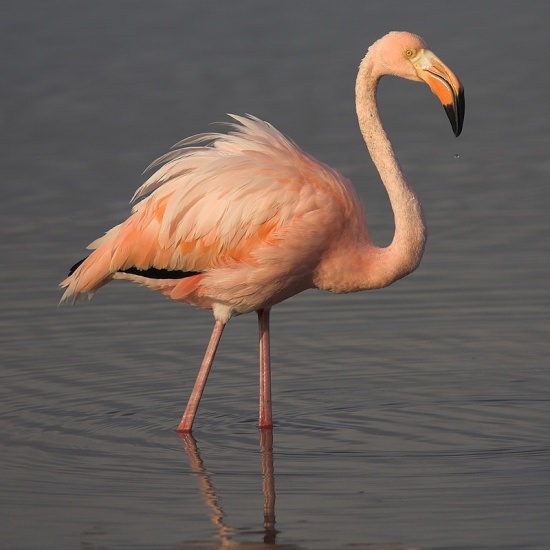m (minor warning on photo search) |
|||
| Line 1: | Line 1: | ||
| − | ;Phoenicopterus ruber | + | ;[[:Category:Phoenicopterus|Phoenicopterus]] ruber |
AKA American Flamingo | AKA American Flamingo | ||
[[Image:Caribbean_Flamingo.jpg|thumb|550px|right|Photo by Momo. Locality: Isla Floreana, Galapagos, Ecuador]] | [[Image:Caribbean_Flamingo.jpg|thumb|550px|right|Photo by Momo. Locality: Isla Floreana, Galapagos, Ecuador]] | ||
| Line 18: | Line 18: | ||
Note: Results in photo search may include photos of ''Phoenicopterus roseus'', which previously was considered a subspecies of this species (''see Taxonomy''). | Note: Results in photo search may include photos of ''Phoenicopterus roseus'', which previously was considered a subspecies of this species (''see Taxonomy''). | ||
{{GSearch|Phoenicopterus+ruber}} | {{GSearch|Phoenicopterus+ruber}} | ||
| − | [[Category:Birds]] | + | [[Category:Birds]][[Category:Phoenicopterus]] |
Revision as of 16:03, 24 June 2008
- Phoenicopterus ruber
AKA American Flamingo
Description
Identification
Distribution
Caribbean and Mexico to Brazil and Galapagos Islands Ecuador. Within the Caribbean probably most numerous in Cuba and Bahamas
Taxonomy
Often considered conspecific with the Greater Flamingo (Phoenicopterus roseus) of Europe, Asia, and Africa.
Habitat
Feeds in shallow lagunes, preferably with high salinity. As such they cannot breed every year in all colonies, as the lagunes can be too dry if the rain is lacking.
Behavior
Breed in large colonies in nests that consists of mud compacted into a mound on top of which the nest is situated. Recent results indicate that there is exchange of birds between colonies, such that a bird may breed in a different colony then the one it was born in.
Bird Song
<flashmp3>Phoenicopterus ruber (song).mp3</flashmp3>
Listen in an external program
External Links
Note: Results in photo search may include photos of Phoenicopterus roseus, which previously was considered a subspecies of this species (see Taxonomy).




